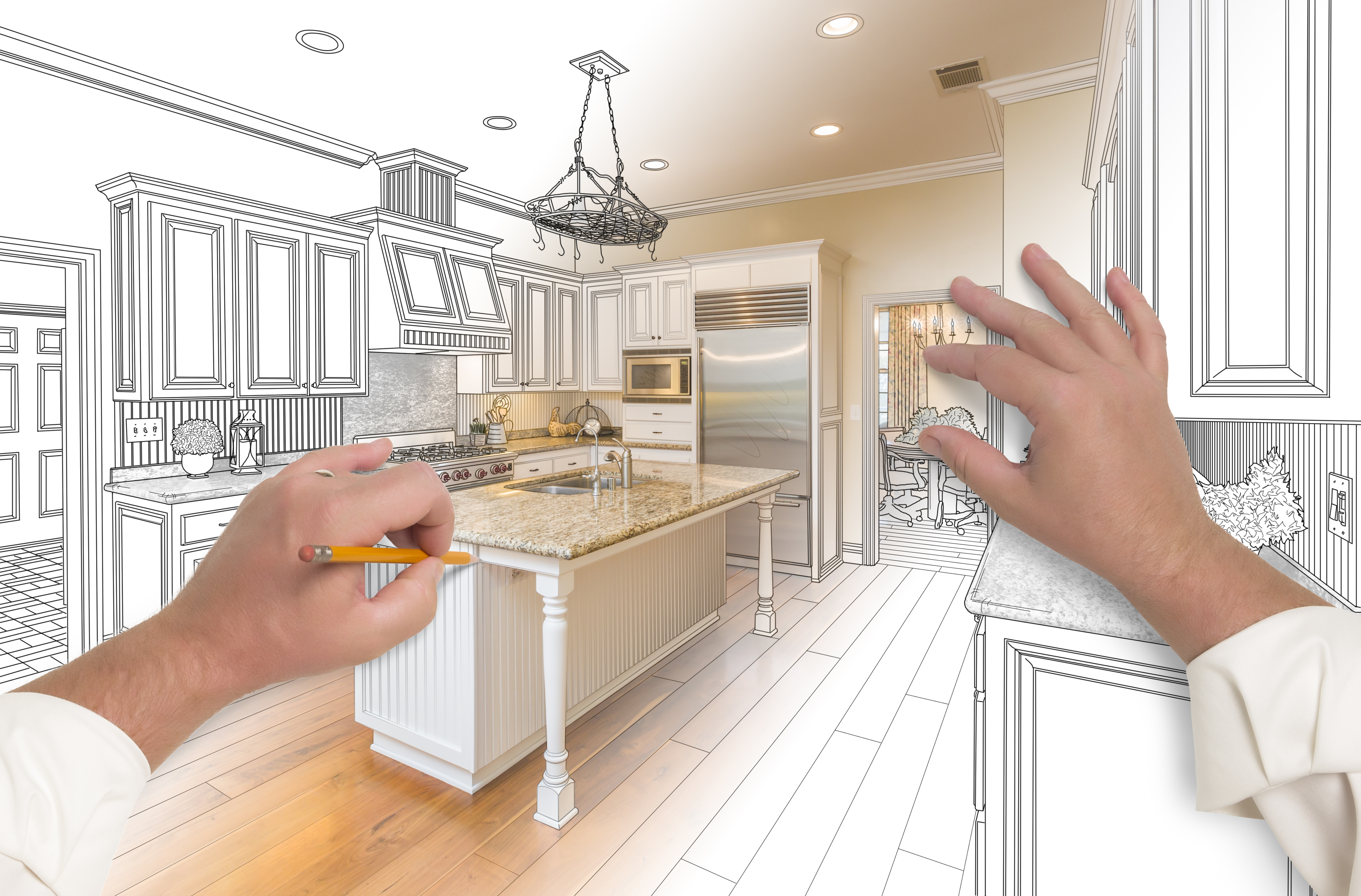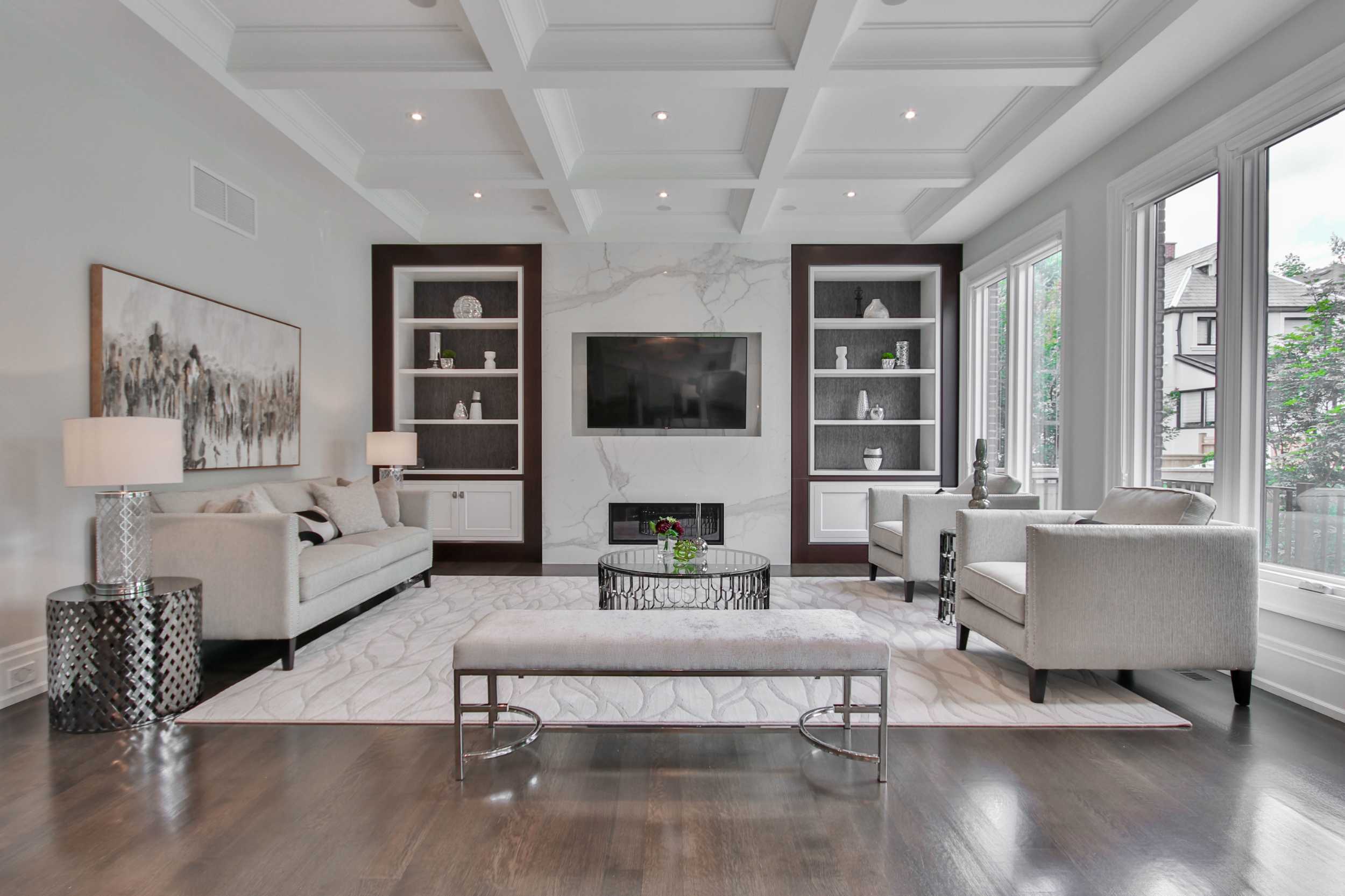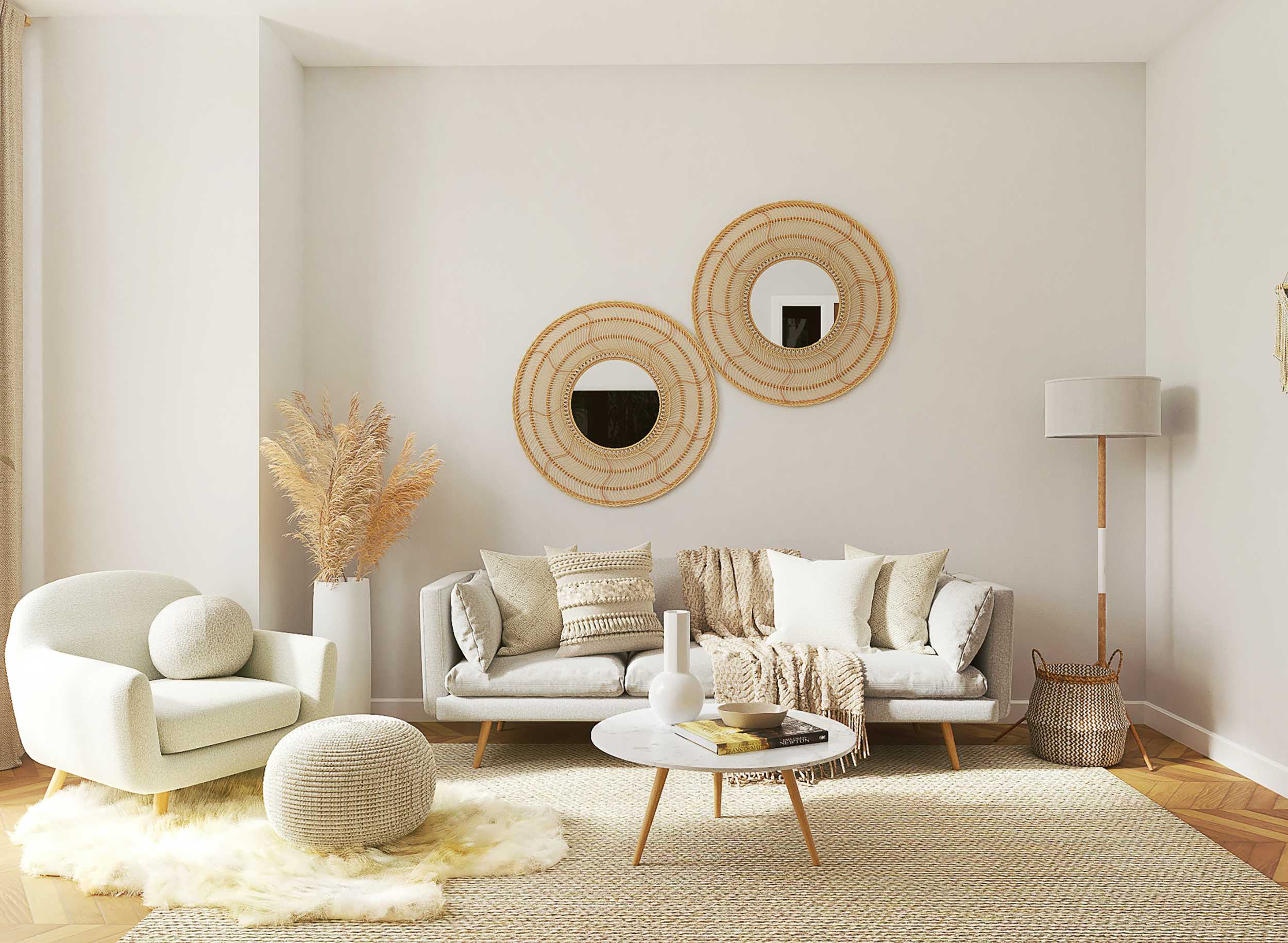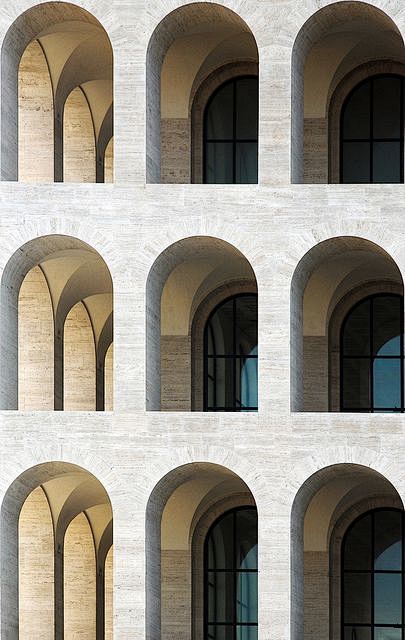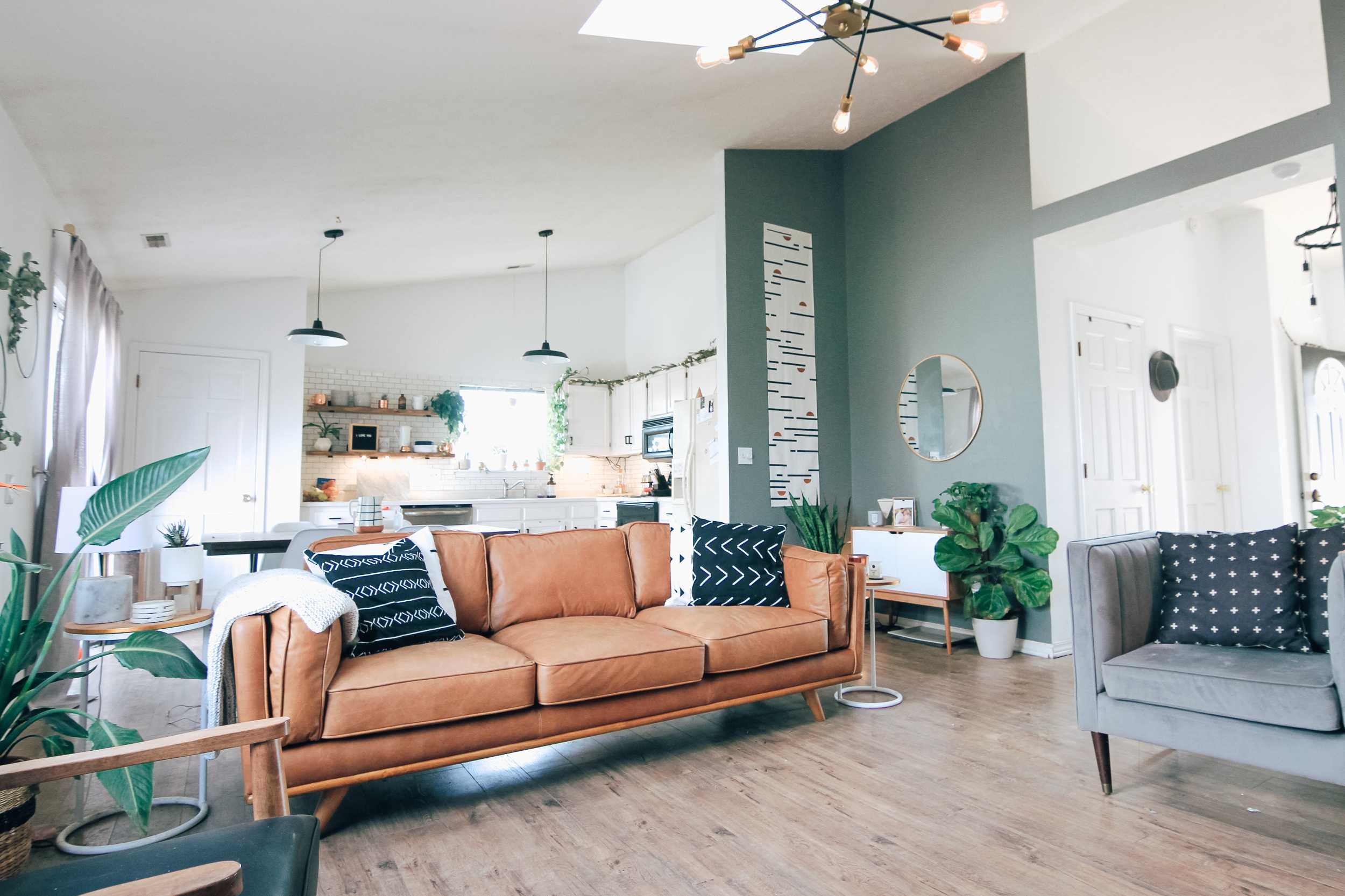
First Impressions Matter: How to Style an Inviting Entryway
The entryway is the first space you encounter when entering a home, and it plays a crucial role in setting the tone for the rest of the house. Whether it’s the first time a guest visits or the hundredth, the entryway offers the initial impression of your home’s style and atmosphere. An inviting entryway is essential—it should be warm, functional, and aesthetically pleasing, creating a welcoming atmosphere that reflects the overall style of the rest of your home. At EasyCount e, we understand that this often-overlooked space should be treated with care to ensure that it functions not only as a practical passage but also as an attractive, cozy introduction to your living space.
So, how do you create an entryway that strikes the right balance between beauty and utility? Let’s explore some essential design tips and ideas that can turn your entryway from a mere hallway into a stylish, functional first impression.
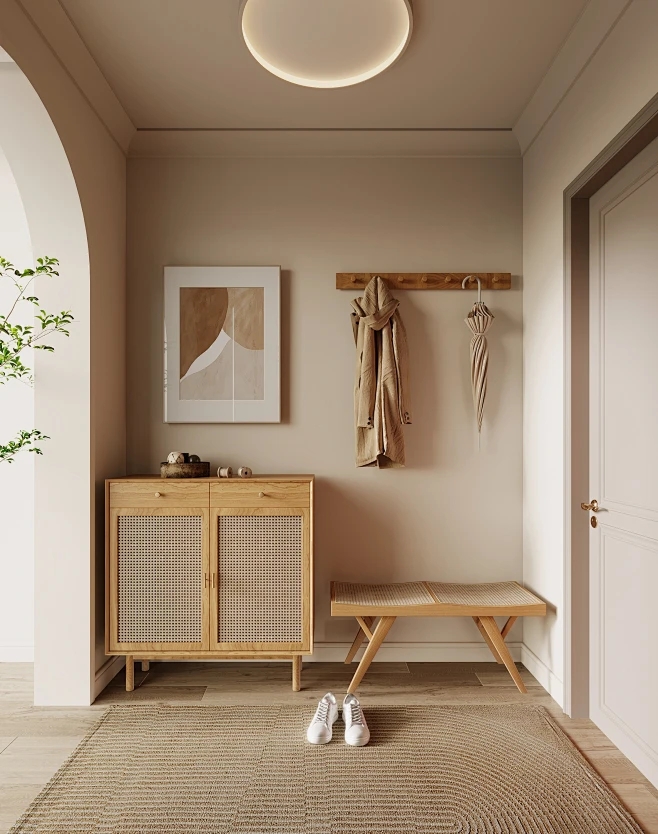
1. Define the Purpose of Your Entryway
Before diving into design ideas, it’s important to consider the purpose of your entryway. What do you need from this space? Is it large enough to serve as a foyer, or is it a smaller space that acts as a hallway? Depending on the size and layout of your home, your entryway may need to accommodate shoes, coats, bags, and keys. It might also need a place for seating, a spot to hang umbrellas, or a mirror to check your reflection before heading out the door.
For a larger entryway or foyer, you can incorporate more furniture and design elements to make it feel grand and welcoming. For a smaller entryway, efficient storage solutions are crucial, and furniture choices must be streamlined to maximize the space without feeling overcrowded.
2. Choose the Right Flooring
Flooring is one of the most important elements in your entryway design. This area sees a lot of foot traffic, which means durability and ease of maintenance are key factors to consider. Choose a flooring material that can withstand dirt, mud, and moisture, while also enhancing the aesthetic appeal of the space.
For durability and style, consider materials such as hardwood, tile, or stone. A sleek, polished marble floor can create a sophisticated entryway, while wood offers warmth and charm. Porcelain or ceramic tiles are practical, highly durable, and come in a variety of styles—from classic to contemporary. For a cozier feel, you can also opt for a stylish rug or runner to protect the flooring from wear and tear while adding color and texture to the space.
When selecting flooring, think about practicality and aesthetics. You may want to choose a dark floor color that hides dirt and stains, or a lighter shade for a more open, airy feel.
3. Create an Organized Storage Solution
An organized entryway is essential for maintaining a clutter-free home. It’s important to provide designated areas for coats, shoes, bags, and other essentials to ensure that everything has a place. The key is to combine functionality with design, creating a storage solution that is both practical and visually appealing.
If space allows, consider adding a built-in coat closet or a stylish coat rack to store jackets, scarves, and umbrellas. For a more compact entryway, a hall tree or a freestanding rack with hooks for coats, hats, and bags can be both functional and stylish.
A storage bench can also serve a dual purpose—offering a place to sit while putting on shoes and providing hidden storage for footwear, scarves, or other items. If you’re working with a small entryway, consider using multi-functional furniture like a console table with drawers for keys, wallets, and mail. Tall, slim storage units can work wonders in small spaces without taking up too much room.
4. Add a Statement Mirror
A mirror in the entryway is more than just a practical addition—it can be a statement piece that helps to visually expand the space and reflect natural light. Placing a mirror in the entryway gives guests an opportunity to check their appearance before they leave the house, and it can create the illusion of a larger, brighter space.
There are many ways to style a mirror in your entryway. A large, full-length mirror is perfect for making the space feel open and airy, while a round or ornate mirror can add an elegant touch. You can also choose a mirror with an interesting frame that complements your overall design scheme—whether it’s modern, rustic, or traditional.
In smaller entryways, mirrors are especially useful as they create depth and make the area appear more spacious.
5. Use Lighting to Set the Mood
Lighting is one of the most effective tools in creating an inviting entryway. The right lighting can brighten up the space, highlight design elements, and enhance the overall atmosphere. A well-lit entryway welcomes guests with warmth and clarity, while dim lighting can create a more intimate, calming environment.
Consider layering different light sources to create a balanced and functional lighting scheme. Start with overhead lighting such as a pendant light, chandelier, or flush mount ceiling light. If your entryway has a high ceiling, a statement chandelier or pendant can add drama and elegance.
For added ambiance, consider installing sconces on either side of the entryway mirror or using table lamps on a console or side table. The warm, soft light emitted from table lamps can make the space feel more inviting and cozy.
In smaller or darker entryways, consider incorporating LED strips or recessed lighting under furniture or along the floor to create a welcoming glow. Wall-mounted lighting is another excellent way to add light without taking up space.
6. Add Personal Touches with Decor
While function is key in the entryway, adding personal touches through decor is what makes the space truly feel like home. A few carefully chosen decor pieces can transform a sterile hallway into a welcoming, stylish first impression.
Artwork, framed photos, or prints can add character to the walls, and they offer an opportunity to showcase your personal taste. For a more minimalist look, a statement art piece in a simple frame can be striking, while a gallery wall can add vibrancy and a sense of personality to the space.
Consider adding decorative accents like a vase of fresh flowers, potted plants, or a chic sculpture to elevate the design. These small details make a big impact and contribute to the overall ambiance of the entryway.
Additionally, you can enhance the atmosphere with textiles such as a stylish rug or runner. This will add warmth to the space, soften the flooring, and provide visual interest.
7. Create a Welcoming Atmosphere with Scents
Scent is often overlooked in interior design, but it plays an important role in creating a memorable first impression. A welcoming fragrance can make your entryway feel even more inviting, leaving guests with a positive and calming experience as soon as they step through the door.
Consider adding a scented candle, reed diffuser, or essential oil diffuser to your entryway. Opt for subtle, calming scents like lavender, eucalyptus, or citrus to create a soothing atmosphere. Freshly cut flowers can also add a delightful scent while brightening up the space.
If you have a coat rack or bench in your entryway, a decorative basket filled with dried flowers, lavender sachets, or potpourri can subtly infuse the space with fragrance and make it feel more personalized.
8. Ensure a Functional Flow
Ultimately, the entryway should feel like a smooth transition from the outside world to the comfort of your home. It should serve as an efficient space where you can quickly shed your outerwear, grab your keys, and be ready to move on with your day.
Be mindful of how your entryway flows into the rest of your home. If your entryway is open to other rooms like the living room or dining area, it should complement those spaces in terms of design, color scheme, and style. You want the entryway to feel like an extension of the rest of your home’s aesthetic.
Additionally, the layout of the space is important for maintaining an easy flow. Make sure that furniture or decor doesn’t obstruct the path or create any unnecessary barriers in the space. An entryway should be clear and accessible, allowing you to move through it quickly and efficiently.
Conclusion
The entryway is the first space your guests encounter when they visit, and it sets the stage for the entire home. By combining functionality with style, you can create a space that is not only practical but also aesthetically pleasing and inviting. Whether you have a large foyer or a small hallway, the right design choices can make your entryway a warm and welcoming introduction to your home. At EasyCount e, we believe that thoughtful design starts at the entryway and that first impressions matter. So, start by defining the purpose of your space, choose materials and decor carefully, and let your entryway reflect your personal style.
With a little creativity and attention to detail, your entryway can make a lasting impression every time you come home or welcome a guest.
